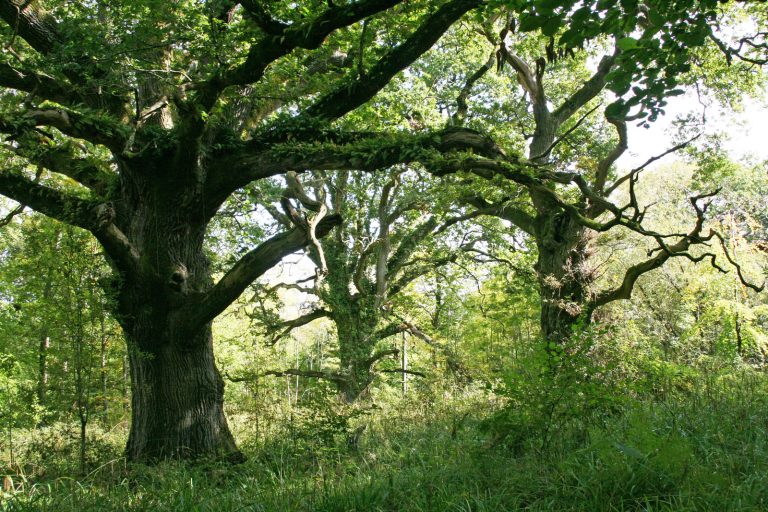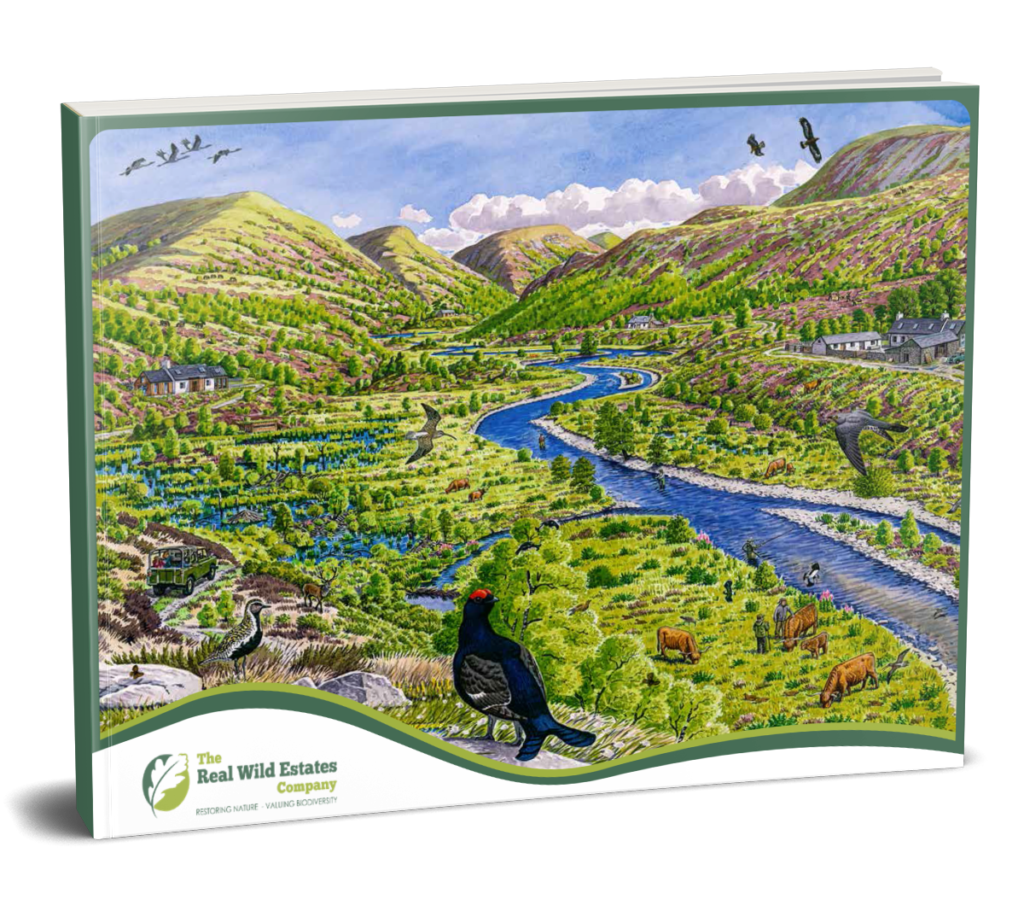Similar to carbon credits, biodiversity credits are an offset mechanism used to mitigate negative impacts on ecosystems and wider landscapes resulting from development or other activities. Voluntary biodiversity credits differ from units used in BNG schemes in that they are not required as a part of offsetting development, but being created and sold to corporations or individuals wishing to mitigate their own impact. Biodiversity credits create the opportunity for equal – or ideally greater – units of biodiversity to be created and maintained in similar or as-close-to similar ecosystems to those that were damaged. Businesses or corporations responsible for adverse impact to ecosystems are required to offset this impact by purchasing credits from landowners or programmes delivery biodiversity uplift through habitat management, species reintroduction and invasive species control.


Voluntary Biodiversity Credits

Calculating biodiversity credits
These types of credits are quantified and standardised, although the complexities of measuring biodiversity have meant it has proven more challenging than for carbon which has a simple metric unit. Each unit of biodiversity represents a specific amount of biodiversity value, which may include measures of species diversity, habitat quality, or other ecological attributes. Generally to do this, DEFRA’s Biodiversity Metric is calculated using UK Habitat Classification Assessments methodologies.

Biodiversity credits and additionality
Like carbon offset credits, biodiversity credits are required to demonstrate additionality, ie. Their use must generate an outcome that is additional to what would have occurred without the sale of credits – it must result in a net gain in biodiversity compared to the baseline.

How do you sell biodiversity credits?
Voluntary biodiversity credits are sometimes associated with biodiversity banking systems – habitat banks – which are managed by entities who create the credits and implement restoration and management of habitats including developers and landowners. The purchase and use of credits is monitored by regulatory frameworks or authorities responsible for overseeing sustainable land management and these management actions. These sales can happen on the open market, and the price will vary depending on a number of factors including whether the habitat associated is a priority, or depending how rare a species is. Additionally, availability of credits will vary from location to location, so pricing is driven by demand according to local authorities. Biodiversity credit trading is not as widely established or standardised as carbon offset trading, but private deals are beginning to happen in the UK as confidence in the market develops.
u003ch2u003eu003cstrongu003eWe calculate BNG offerings using our bespoke WILDnCAT financial modelling toolu003c/strongu003eu003c/h2u003ernBNG represents one of the many alternative natural capital income streams that Real Wild Estates provide indicative forecasting for. As a green finance product it leverages the natural capital income potential of land and makes strategised and managed nature recovery financially viable for landowners.rnrnSpeak to us about modelling natural capital income opportunities available on your land.
7 key components and principles to biodiversity net gain
No Net Loss
BNG aims for a net gain with legislation requiring at least a 10% upliift, and some local authorities asking for higher. This means that any biodiversity loss resulting from a development project must be compensated for by enhancing similar habitats or creating new habitats elsewhere to ensure that the overall biodiversity of the region meets this uplift criterion.
Baseline Assessment
Before development begins, all of the existing biodiversity and ecosystems in the area affected by the proposed development must be assessed. Depending on land use plans, these can vary but will always be verifiable by industry standards and regulation.
Biodiversity Metrics
BNG relies on specific metrics and indicators to quantify how it might be affected, including species richness, habitat condition, type and number of ecosystem services,and species genetic diversity. But it’s not all about quantity as the quality and resilience against ongoing, long-term shifts such as climate change is also key.
Monitoring and Reporting
The aforementioned metrics are key to creating the monitoring and reporting mechanisms which underpin the ongoing progress tracking which characterises successful BNG initiatives. Beyond baseline data collection, ongoing assessments of the health and diversity of ecosystems and species in the impacted and offset areas must be carried out.
Offset Mechanisms
Habitat restoration, reforestation, or conservation easements are examples of the measures that developers and landowners are required to enact to show how they have compensated for any biodiversity loss resulting from their project. When designing offset mechanisms, the locality, and framework must be closely aligned with local requirements so that their benefits are maximised and the outputs support biodiversity enhancement.
Adaptive Management
Another key component of successful BNG is the ability for any offset plans to be adaptable and responsive to shifting conditions within climate and ecosystems, based on relevant scientific knowledge. This flexibility allows for adjustments to be made to strategies as required for achieving the originally intended outcomes.
Collaboration
Central to Real Wild Estates’ approach to BNG is our collaboration with developers, credit brokers, local authorities and planning agents, Government agencies and communities. The partnerships we build are centred around stakeholder engagement plans aiming to meet both biodiversity offset requirements and client and wider stakeholder group needs.
Balancing nature recovery with business viability ensures returns for nature and for you.

Download our brochure to learn more about our services
Please complete all the details below. Your data is subject to our u003ca href=u0022https://www.realwildestates.com/terms-of-use/u0022u003ePrivacy policyu003c/au003e here.
"*" indicates required fields